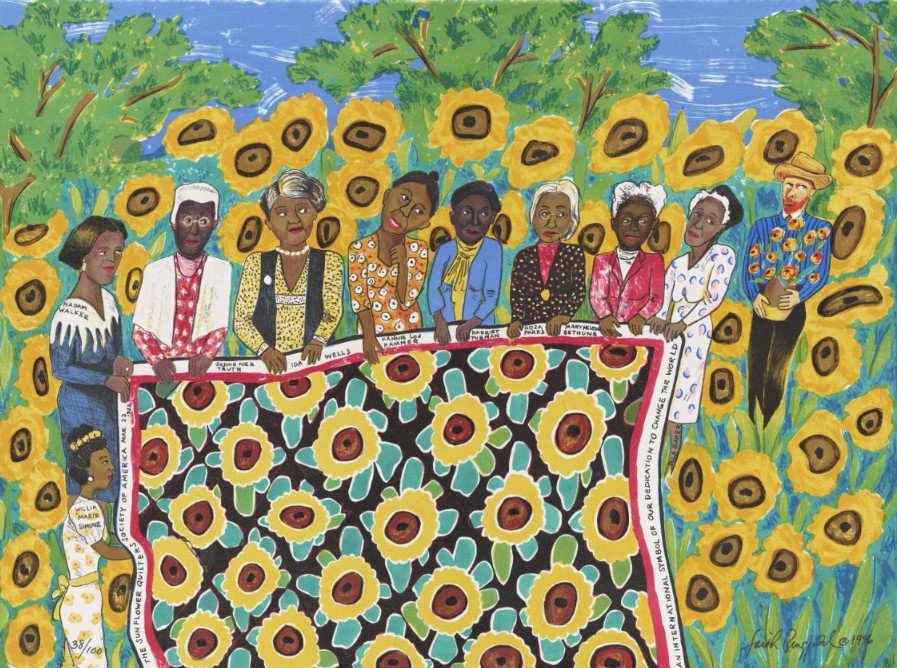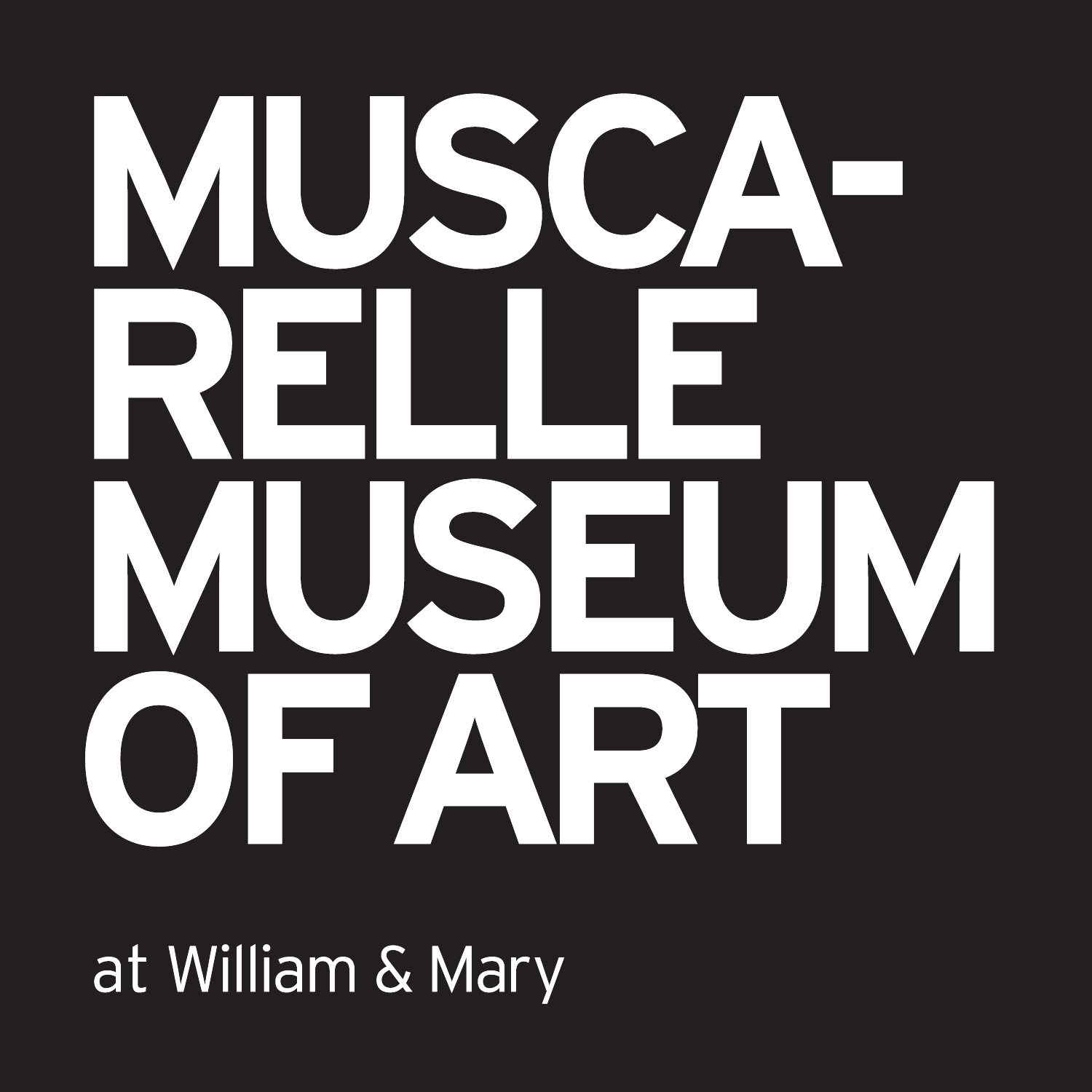
The Curatorial Project: The Art of Well-Being
April 16, 2021 - August 22, 2021
Cheek, Graves & Burns Galleries
This exhibition—The Art of Well-Being—did not attempt to define either art or well-being. Rather it presented a range of works from the collection of the Muscarelle Museum of Art selected to explore those ideas. The exhibition had five sections—individual; kin; community; natural world; and art-making. Individually and in groups, the paintings, drawings, prints, photographs, and other media shown expressed the needs, pleasures, desires, and aspirations of individuals, communities, and the wider world. At the same time the works chosen evoked the web of connections among these perspectives, whether providing a space for quiet contemplation or a call to action; freedom from worldly interests or concern for society; a reminder of communal bustle and conviviality or identification with the non-human. Art—as these choices suggest—is a way of knowing, doing, and being in the world that prompts reconsideration of what well-being means. It also provides a “language” (in the words of philosopher Nelson Goodman) with which to communicate complex ideas about the world. The language of art (which in all its iterations combines skill and creative thinking) has an advantage over many other languages in its nuance of approach and tolerance of ambiguity; art encourages complex thinking and empathy. Our hope is that reconsidering well-being through the lens of art will expand what that term means.
Image caption: FAITH RINGGOLD | American, born 1930 | The Sunflower Quilting Bee at Arles, 1996 | Color lithograph, 94/100 | Faith Ringgold © 1996 | Museum Purchase | 2000.023


